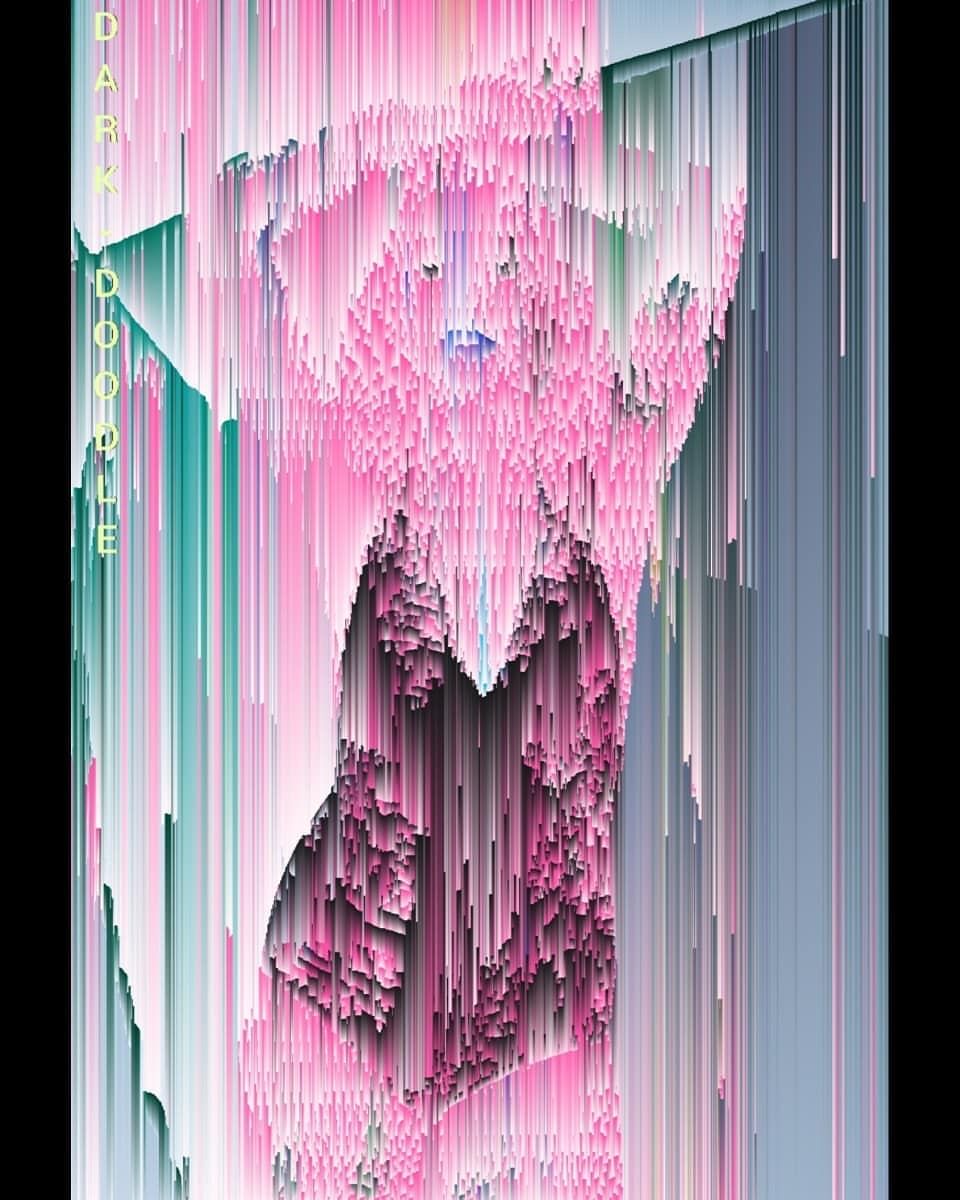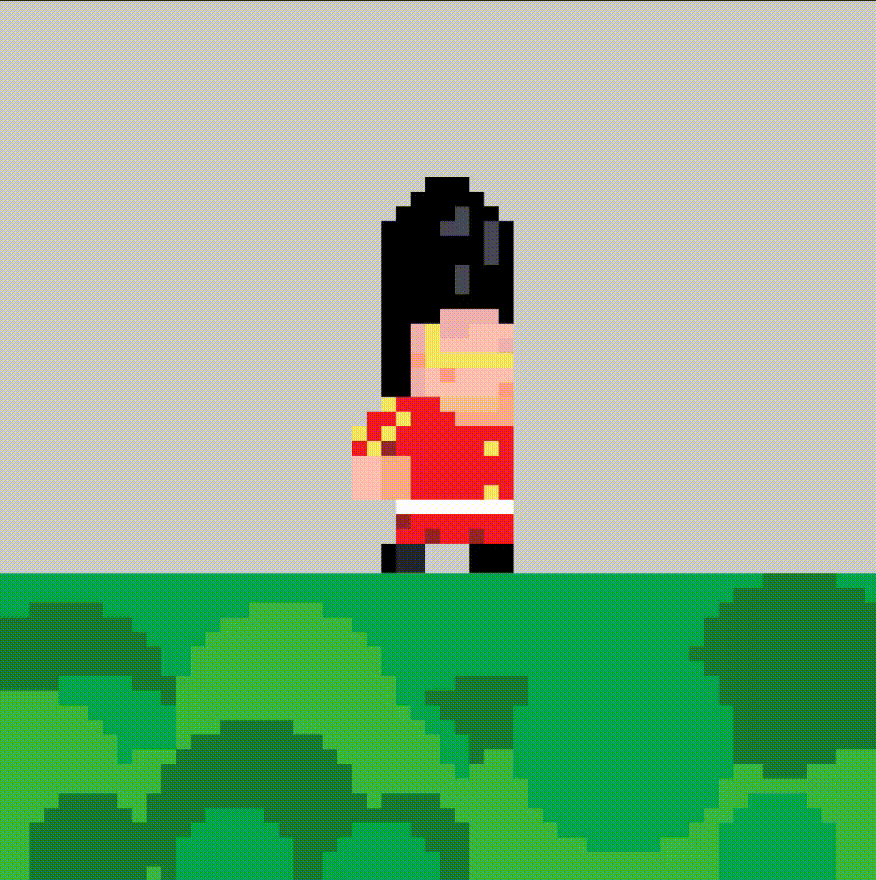
Preliminaries to Image Processing Digital image acquisition and data structures Of course, if these tools don't do what you need, then it's time to start reading about. This book's chapter on Game Design gives a good overview of how you can create openFrameworks apps that make use of the OSC messages generated by such tools. OCR-OSC A lightweight kit for performing optical character recognition (OCR) on video streams.DesignIO kinectArmTracker: A lightweight OSC app for tracking arm movements with the Kinect.Synapse for Kinect: A Kinect-based skeleton tracker with OSC.EyeOSC (.zip): An experimental, webcam-based eyetracker that transmits the viewer's fixation point over OSC.Reactivision TUIO: A system which uses fiducial markers to track the positions and orientations of objects, and transmits this data over OSC.FaceOSC: An app which tracks faces (and face parts, like eyes and noses) in video, and transmits this data over OSC.Community Core Vision: Another full-featured toolkit for a wide range of tracking tasks.Toolkit for Sensing People in Spaces (TSPS): A powerful toolkit for tracking bodies in video.They transmit summaries of their analyses over OSC, a signalling protocol that is widely used in the media arts. TSPS (left) and Community Core Vision (right) are richly-featured toolkits for performing computer vision tasks that are common in interactive installations. TSPS (left) and Community Core Vision (right) Many of the most common computer vision workflows have been encapsulated into apps that can detect the stuff you want-and transmit the results over OSC to your openFrameworks app! Before you dig in to this chapter, consider whether you can instead sketch a prototype with one of these time-saving vision tools. It's fun (and hugely educational) to create your own vision software, but it's not always necessary to implement such techniques yourself. Maybe There is a Magic BulletĬomputer vision allows you to make assertions about what's going on in images, video, and camera feeds. In the first section, we point to a few free tools that tidily encapsulate some vision workflows that are especially popular in interactive art and design. We introduce the subject "from scratch", and there's a lot to learn, so before we get started, it's worth checking to see whether there may already be a tool that happens to do exactly what you want. This chapter is not a comprehensive guide to computer vision for that, we refer you to excellent resources such as Richard Szeliski's Computer Vision: Algorithms and Applications or Gary Bradski's Learning OpenCV.


As it would be impossible to treat this field comprehensively, we limit ourselves to a discussion of how images relate to computer memory, and work through an example of background subtraction, a popular operation for detecting people in video.

This chapter introduces some basic techniques for manipulating and analyzing images in openFrameworks.


 0 kommentar(er)
0 kommentar(er)
